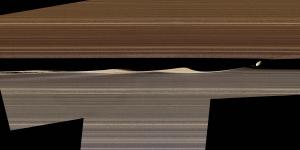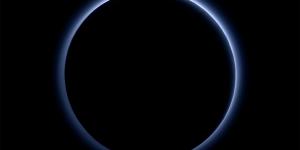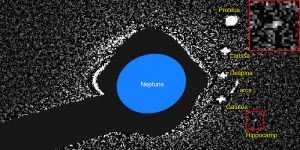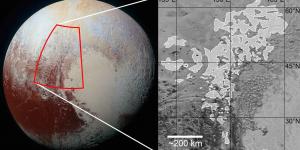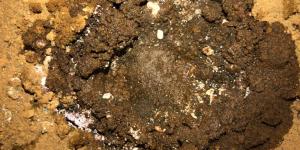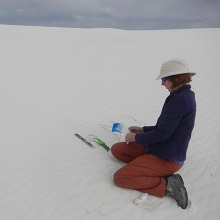Planetary Exploration
The twentieth century witnessed a major change in how we learn about space. Until then, we studied the other bodies of the cosmos remotely, with our telescopes. In the past half-century, we have sent exploratory spacecraft to the vicinities of all the planets, including Pluto. These efforts have revolutionized our understanding of the how the solar system was formed, what it’s made of, and which of these worlds might be suitable for life. Not long ago, astrobiologists spoke of a “habitable zone” around a star, defined as the range of orbital distances within which surface temperatures would allow the presence of liquid water. However, solar system exploration has greatly expanded this range of habitability. We have learned that at least three moons of Jupiter and two satellites of Saturn may have liquids either on their surface or underneath a thick crust of ice. Any of these worlds could be harboring life. Members of the SETI Institute’s planetary exploration research thrust are actively involved with these discoveries. Institute scientists have been involved in all the Mars missions of the past 15 years, and play a critical role in the selection of landing sites for rovers as well as being science team members and instrument developers. They are expert in the analysis of mission data, and have made several key discoveries, including the recent confirmation that early Mars was habitable for microbial life and that water is flowing near the surface of Mars today. In the outer solar system, Institute researchers have participated in the Cassini mission to Saturn, and have discovered new moons and ring systems around the gas giant planets and Pluto. Most recently, SETI Institute scientists helped guide the New Horizons spacecraft safely past Pluto, at a distance of five billion miles, and into the even-farther Kuiper Belt.
